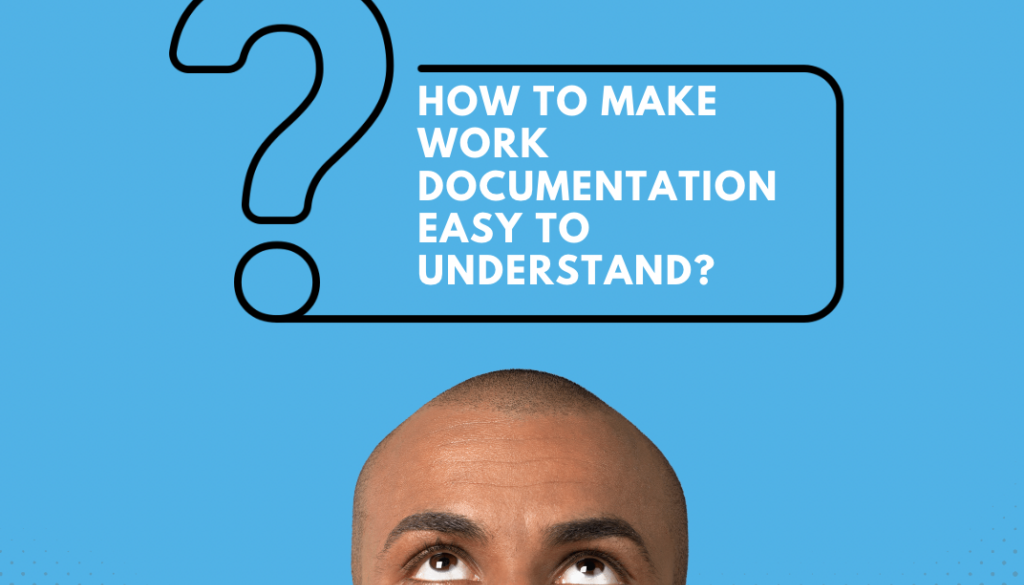How to make work documentation easy to understand?
Do you intend to pass on your tasks to your colleagues? Even after documenting the steps and providing instructions, you might still find yourself overwhelmed with daily tasks due to incorrect execution or ongoing questions from your colleagues, despite having everything written down. One possible reason is that the documentation might not accurately capture the right tasks or it might be difficult for your colleagues to comprehend.
Here are some helpful tips to ensure that your documented approach is easily understandable by your colleagues:
1. Ask someone from outside your team what they understood
Getting an outside perspective on your documented processes can be an invaluable step in ensuring their clarity and effectiveness. When you’re closely involved in creating process documents, it’s easy to overlook potential areas of confusion or assumptions that might not be apparent to others. Asking someone from outside your team or organization to read the process to provide feedback can help identify any gaps or ambiguities that need to be addressed. Follow this method by going through the process point by point.
2. Always keep your documentation up to date.
Check it regularly to make sure it’s accurate and still useful. If your employees tell you that some parts are confusing, change them to be clearer. This way, your documentation will stay helpful and easy to understand. When you listen to feedback and make changes, you help everyone work better.
3. Pay attention to the employee type
Think about the kind of employees you have and what they need to understand the processes. If they can understand, then you’re using the right words and technical terms. If they can’t, change the words to ones they can understand better.
4. Keep it easy visually:
Is a simple label sufficient, or do they need a link, visual guides, images, or videos? Determine the most effective way for employees to comprehend the process and tailor your documentation accordingly.
5. Break It Down:
Make processes clearer by breaking them into smaller steps that are easy to manage. Use bullet points or numbers to list each step separately. Check that the steps follow a logical order and flow smoothly. This method simplifies complicated tasks, helping employees grasp and carry them out correctly. Breaking down processes leads to smoother workflows and reduces confusion.
6. Use for Training:
Make use of the documents to train new employees, especially those who are just starting. Show them how to do things step by step using these documents. This helps them learn and understand their tasks better. Using these materials makes the process of joining the team and getting used to the work smoother. Using documentation for training makes sure that knowledge is passed on effectively and efficiently.
7. Assign responsibility:
To ensure effective task execution and accountability, it’s crucial to explicitly state who is responsible within your instructions and assign the corresponding tasks to your colleagues. When instructions lack clarity and merely state a sequence like “we’ll do this and then that,” it creates ambiguity, and no one takes ownership of the tasks, resulting in a lack of accountability. When responsibilities are clearly designated, individuals feel a sense of ownership and are more likely to approach the tasks with diligence and attention to detail. This practice also minimizes misunderstandings and ensures that everyone is aligned on their roles and responsibilities.
8. Craft easy comprehensible notation
Crafting notation that’s easily comprehensible is essential for effective communication and understanding within an organization. Therefore prioritize clear and straightforward language when documenting working procedure. Avoid using complex terms or jargon that could confuse readers. Aim to convey your message in the simplest way possible. Eliminate any filler words or redundant phrases from your notation. This streamlines the content and enhances its readability. Focus on delivering concise instructions without unnecessary clutter. When incorporating visual elements, such as diagrams or flowcharts, opt for simple symbols that convey the essence of the process. Visuals should be intuitive and easy to interpret. Ensure that the notation serves its intended purpose. For instance, if a programmer is assigned to digitize specific processes, they might require in-depth technical details that other colleagues don’t need. In such cases, consider providing separate documentation tailored to their needs. By following these steps, you can create notation that helps everyone understand and communicate effectively in your organization.





 We use cookies on our website to give you the most relevant experience by remembering your preferences and repeat visits. By clicking “Accept”, you consent to the use of ALL the cookies. However you may visit Cookie Settings to provide a controlled consent.
We use cookies on our website to give you the most relevant experience by remembering your preferences and repeat visits. By clicking “Accept”, you consent to the use of ALL the cookies. However you may visit Cookie Settings to provide a controlled consent.